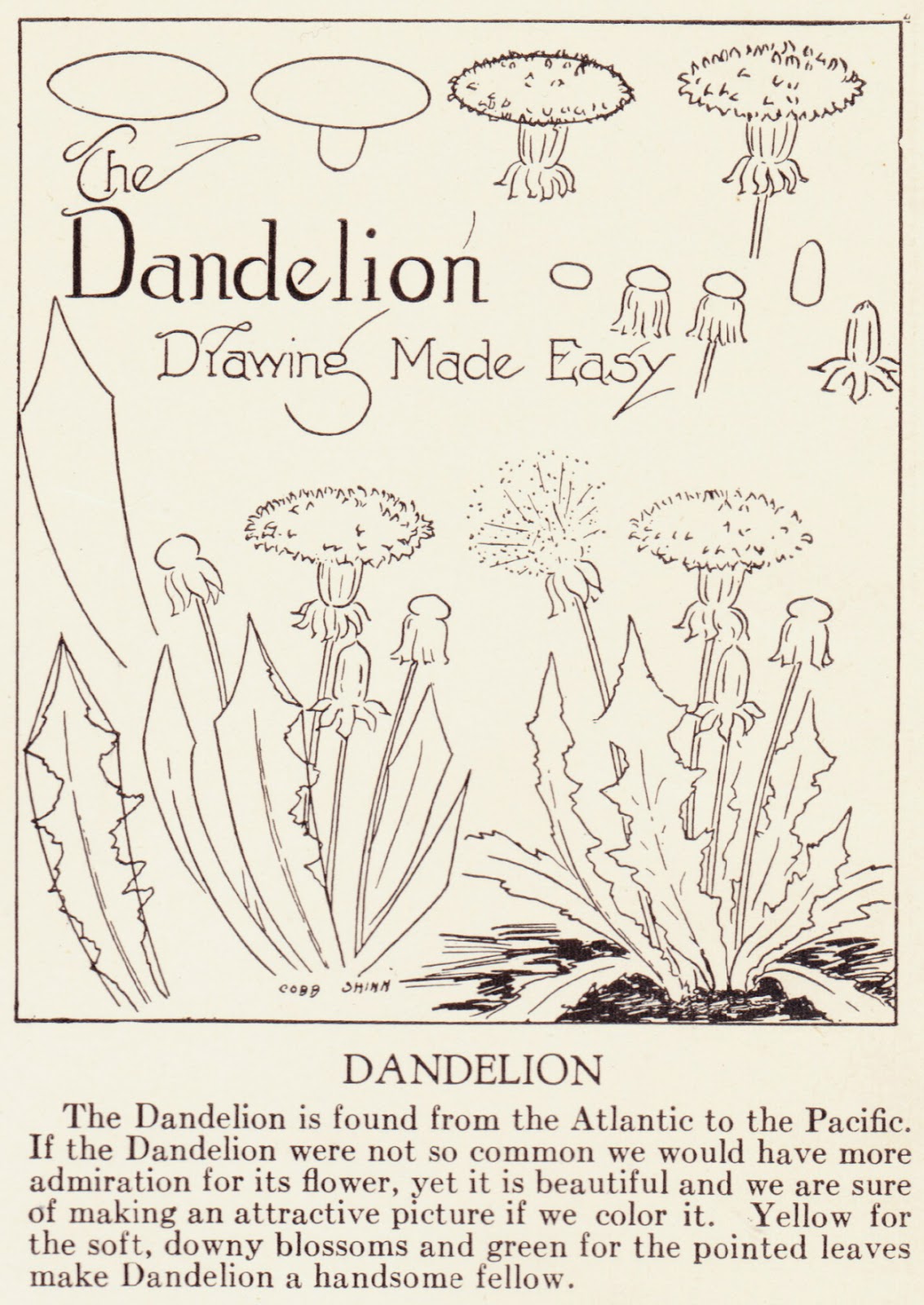This booklet is copyright 1973 and was first published in 1974. My copy is the fifth printing from 1986. It appears that this book is still in print and is still being sold on souvenir shops, per some online mentions that I came across. Many used copies are available on Amazon, and you can probably get one for a penny (plus shipping) if you keep your eyes peeled.
The front of the booklet includes a dedication to Molly (Runningwolfe) Sequoyah. It states, in part:
"This book has its source in people like Molly Sequoyah. ... She lives in the Big Cove section of the Qualla Boundary in Western North Carolina, and belongs to the Eastern Band of Cherokees. She represents many of the older Indian women in this country who have a rich and interesting background of food and herb gathering, preparation, and use."A reviewer on Goodreads criticized the booklet a bit, stating: "Although most of these traditional recipes are suppose to have been passed down orally I am curious as to the age of some since I am sure that some of the ingredients weren't truly around when the first Native Americans were cooking. It is kind of like noting Native American cultures based on the introduction of the horse instead of how the tribes were living before that introduction."
But even if these recipes aren't fully authentic and don't date all the way back to the time before the European colonization of North America and the atrocities inflicted upon the indigenous peoples of the Americas, they seem to carry some of the spirit and flavor of Native American cooking.
Cherokee Bean Balls
- 2 cups brown beans
- 4 cups cornmeal
- 1/2 cup flour
- 1 teaspoon soda
Apache Acorn Stew
- 2½ to 3 pounds round steak
- sweet acorns (enough to make 3/4 cup of acorn flour)
- salt
- wooden or plastic bowl
Indian Chestnut Bread
Peel one pound of chestnuts and scale to take off the inside skin. Add enough cornmeal to hold chestnuts together, mixing chestnuts and cornmeal with boiling water. Wrap in green fodder or green corn shucks, tying each bun securely with white twine. Place in a pot of boiling water and cook until done. Salt when eating if desired. Bean bread can be made the same way, but cook beans until tender before adding cornmeal. No salt should be added before or during cooking or the bread will crumble.


















